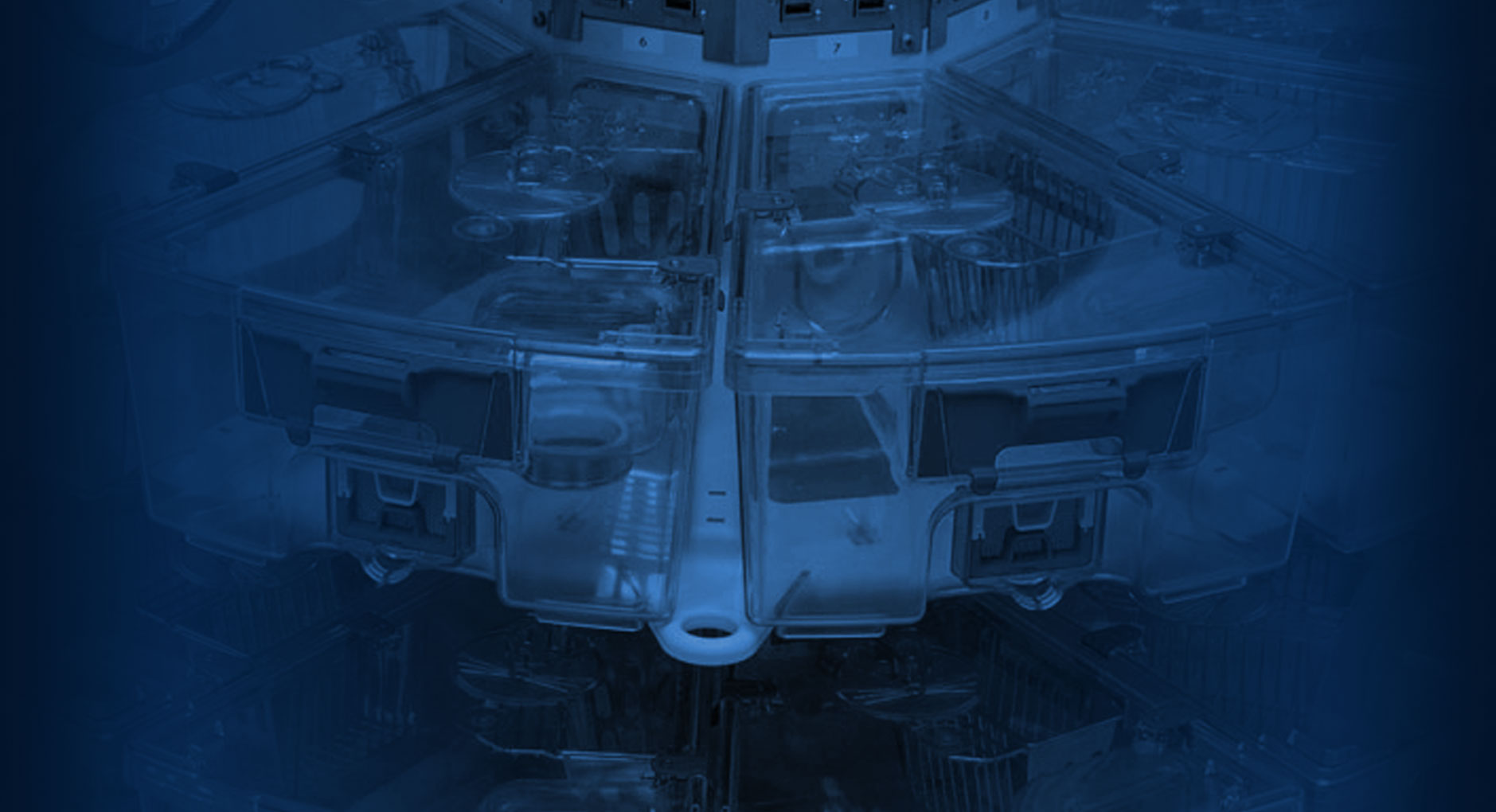Victor Chang Cardiac Research Institute – Developmental Biology Division, BioCORE
Sally Dunwoodie, Laboratory Head
The Victor Chang Cardiac Research Institute, established in 1994, is an internationally recognised centre of excellence in biomedical research, with a focus on heart disease and cardiovascular biology. Investigators in our Institute have a strong background in animal models, using genetically engineered mice and rats for developmental studies and surgical models of heart disease. Plans began in 2002 for a new building to house the growing institute. The inclusion of a facility to breed and conduct research with rodent models under specific pathogen free (SPF) conditions was a high priority.
Situated in the middle of Sydney, it was recognised that a caging system that made the best use of the limited available space was very desirable. Secondly, we sought a caging system that provided a high standard in housing conditions to promote animal welfare. Thirdly, a system that would reduce the high on-going cost of maintaining the facility was considered an advantage. We determined that the Optimice caging system best met our needs in these three areas. With Optimice cages, it has been possible to fit out the facility with sufficient cage spaces to cover the institute’s present needs and to allow for future expansion. The microenvironment within the cages had been well tested and provided clean and quiet conditions suitable for our sensitive mice. Exhaust ventilation through the buildings HVAC system allows the benefits of individually ventilated cages without the disadvantages in energy costs of maintaining multiple air-handling units.
Our rodent facility, the BioCORE, was established in 2008 with a total of 74 Optimice racks, offering a potential 7,400 cage spaces. Several functional areas were designed to cater for breeding (3,000 cage spaces), generation of novel mouse models and embryo transfers (700 cage spaces), animals under study (2,800 cage spaces), isolation of animals in negative pressure rooms (700 cage spaces), and containment of animals under quarantine (200) cage spaces. We breed and hold approximately 140 distinct mouse lines and crosses, some with impaired survival under stress or difficulties in reproduction. The entire facility has been certified Physical Containment 2 (PC2) under guidelines of the Office of the Gene Technology Regulator, and two of our isolation rooms are AQIS Quarantine Approved Premises (QAPs).
Our experience with the Optimice cages after one year of operation has been very extremely gratifying. Animal care staff enjoy working with the cages as they can be handled, stacked and cycled through washing processes with ease. All components were finished to a high quality and have proved durable through one year of operation. The visibility is good, with large spaces on either side of the cage card allowing views into the cage. With constant airflows maintained, our cage changes times have been extended to two weeks, and sometimes longer for low-density housed animals. Aspen bedding is used throughout the facility with low-dusting enrichment materials. Water bottle lids are secure, with leaking bottles a very rare occurrence. Mice coming from static microisolators acclimatised well to these cages when introduced into the facility, and breeding rates over the past year have been extremely good. With no mechanical or electronic parts to the racks we have had little maintenance to perform, and also very few problems with breakages or clogging of the filters.
The constant airflow through the cage provides a comfortable microenvironment for the animals, and the cage design allows the animals to exhibit climbing and tunnelling behaviours and to retreat from light at times. Nesting huts can be accommodated in the cages to provide a suitable environment for breeding. Venting of exhaust air from the cages to the exterior of the building, rather than recirculating in the room has created a pleasant working environment for the staff and researchers. Odours are kept to a minimum, and exposure of staff to allergens is also reduced due to handling in animal change stations with HEPA-filtered exhaust.
Technical and service support from Australian Animal Care Systems has been faultless, with any queries or problems rapidly and satisfactorily addressed by Graham Murray and his team. We would not hesitate to recommend this caging system to any facility, particularly if the opportunity exists to establish a purpose-built facility, as we have, but also where extra cages can be built into an existing HVAC system.
Please direct any enquiries about the use of the Optimice caging system in our facility to BioCORE Manager, Ms Karen Brennan.



